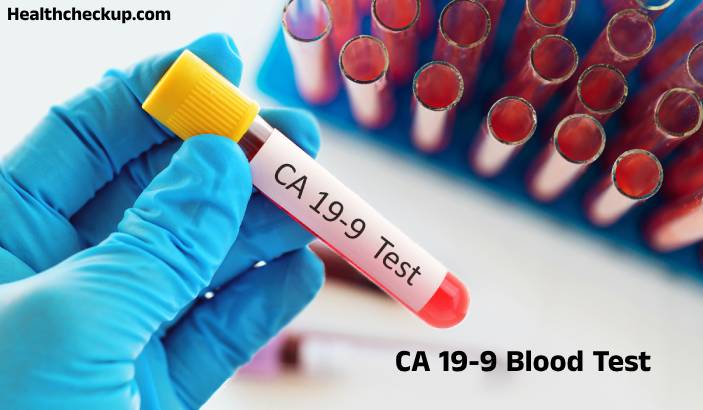Amniocentesis, also known as the amniotic fluid test, is a diagnostic procedure used during pregnancy
to assess the health of the fetus. By extracting a small amount of amniotic fluid, which surrounds the fetus in the womb, this test provides crucial information about the baby’s genetic health, lung maturity, and more. This detailed guide covers everything you need to know about amniocentesis, from its purpose and preparation to the procedure itself and the implications of the results.
When is the Amniocentesis test performed?
- Genetic Testing: To detect chromosomal conditions such as Down syndrome, trisomy 18, or trisomy 13.
- Neural Tube Defects: To check for spinal abnormalities, like spina bifida.
- Genetic Disorders: To diagnose conditions like cystic fibrosis or sickle cell disease.
- Infection and Health Status: To evaluate the presence of infections or the overall health of the fetus.
Preparation for Amniocentesis
- Medical History Review: Discuss your medical history, medications, and any previous pregnancies with your healthcare provider.
- Informed Consent: Understanding and signing a consent form that explains the risks and benefits of the procedure.
- Ultrasound: An ultrasound may be performed before the procedure to determine the position of the baby and placenta.
- Fasting: Typically, fasting is not required, but follow any specific instructions given by your healthcare provider.
Procedure of Amniocentesis
- Timing: Amniocentesis procedure is usually done between the 15th and 20th weeks of pregnancy.
- Ultrasound Guidance: Throughout the procedure, ultrasound is used to monitor the fetus and guide the needle safely.
- Needle Insertion: A thin needle is inserted through the abdominal wall into the amniotic sac to withdraw a small amount of amniotic fluid.
- Duration: The entire procedure typically takes less than 45 minutes, with the needle insertion lasting only a few minutes.
Normal Range
- Amniotic Fluid Analysis: There are no “normal” ranges for genetic tests, but the analysis can identify abnormalities in chromosomes and other genetic markers.
- Lung Maturity Tests: These are quantified, with specific levels indicating the maturity of the fetus’s lungs.
Results Interpretation
- Genetic Abnormalities: Positive results for genetic disorders will require further consultation with genetic counselors and specialists.
- Negative Results: Typically indicate that no abnormalities were found in the chromosomes or tested genetic markers.
- Inconclusive Results: Sometimes, additional testing may be required if results are unclear.
Risks Associated with Amniocentesis
- Miscarriage: The most significant risk, though low, is a miscarriage, occurring in approximately 1 in 300 to 1 in 500 procedures.
- Infection: There is a slight risk of infection from the needle insertion.
- Leakage of Amniotic Fluid: Rarely, there might be leakage of amniotic fluid at the needle insertion site.
Conclusion
Amniocentesis is a valuable diagnostic tool for expecting parents and healthcare providers. It offers critical insights into the health and development of the fetus, providing peace of mind or necessary information for managing the remainder of the pregnancy. Like all medical procedures, amniocentesis diagnostic testing carries some risks, which should be carefully weighed against the benefits. Discussing thoroughly with your healthcare provider will ensure that you are fully informed and prepared for the procedure.
While the decision to undergo amniocentesis is personal and sometimes difficult, the detailed information it provides about the fetus’s health can be invaluable in preparing for and managing potential health issues that may affect the baby’s life. Proper preparation, understanding the procedure, and knowing what to expect from the results can help mitigate the risks and stress associated with this diagnostic test.








